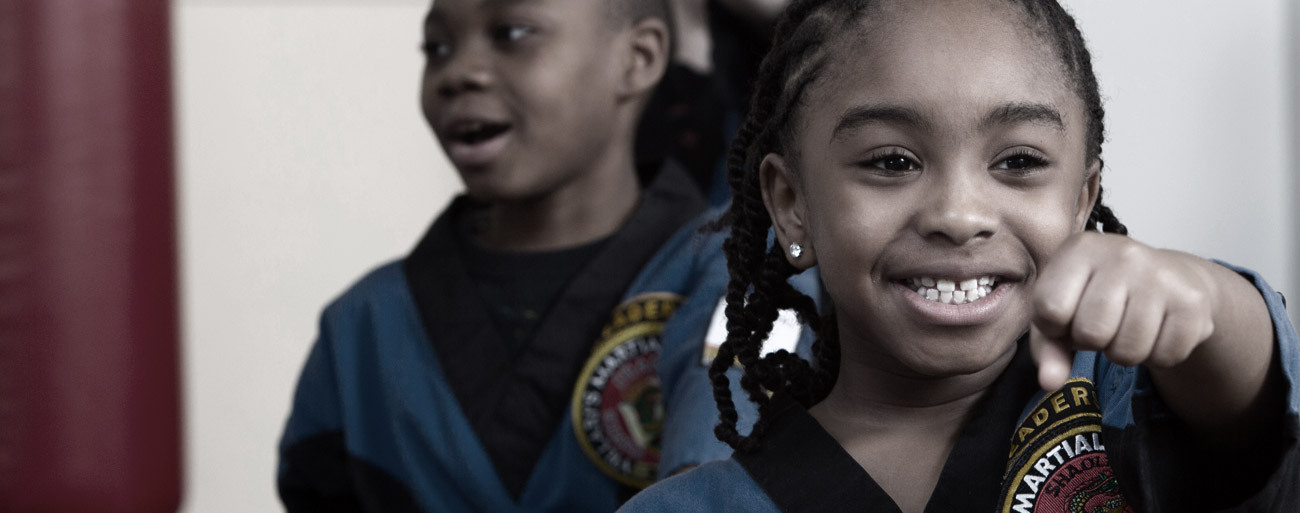From Shy to Strong: Helping Your Child Speak Up Without Feeling Scared
September 23rd, 2025
Do you ever worry your child’s quiet nature might hold them back?
Maybe they hesitate to raise their hand in class, shy away from meeting new friends, or avoid speaking up when something feels unfair.
Shyness itself isn’t a bad thing—but when it stops a child from expressing themselves, building friendships, or standing up for what’s right, parents know it’s time to help them grow confidence.
The great news? Confidence can be taught and practiced, just like reading, math, or riding a bike.
Step 1: Practice Speaking in Safe Spaces
Shy kids often freeze because they feel judged. Give them safe, low-pressure opportunities to use their voice.
? Action Tip: At dinner, let your child share their “favorite part of the day.” Rotate so everyone listens to them without interrupting. Over time, this habit teaches them their words matter.
Step 2: Role-Play Real-Life Situations
Sometimes kids don’t speak up because they don’t know what to say. Role-playing helps them practice responses before they’re in the moment.
? Action Tip: Pretend you’re the teacher and ask a question, then encourage them to raise their hand and answer. Or role-play a friend asking to borrow a toy, and coach them to say, “I’m not ready to share right now, but maybe later.”
Step 3: Celebrate Small Wins
Building confidence is a process. Recognize the small moments when your child speaks up.
? Action Tip: If your child orders their own meal at a restaurant, praise them afterward: “I love how clearly you spoke to the waiter—that was awesome!”
Step 4: Encourage Group Activities That Build Courage
Shy children often blossom when they’re surrounded by supportive peers and guided by strong role models.
? Action Tip: Enroll them in group activities where they can practice leadership in a structured way—like martial arts.
Why Martial Arts Training Works So Well for Shy Kids
Martial arts isn’t just about kicks and punches—it’s about building the inner strength to match the outer. Here’s how it helps shy kids:
-
Structured Confidence: Every belt earned is a visible symbol of progress.
-
Leadership Practice: Students are often asked to demonstrate in front of peers, gradually building public-speaking comfort.
-
Respect & Support: Instructors and classmates celebrate effort, not perfection, creating a safe space to try.
-
Voice Matters: Students are encouraged to respond loudly with “Yes, Sir!” or “Yes, Ma’am!”—a fun way to teach kids to speak up with confidence.
Parents often tell us they see their once-shy children start raising hands in school, greeting people confidently, and standing taller after just a few months of training.
Final Thought
Shyness doesn’t have to hold your child back. By practicing safe speaking opportunities, role-playing, celebrating wins, and finding empowering group activities like martial arts, your child can go from shy and reserved to strong, confident, and unafraid to use their voice.
? Parent Challenge: This week, give your child one small “speaking role” at home—like introducing the family during a meal prayer or telling a joke before bed. Confidence starts with little steps!








